Exhibition dates: 25th February – 29th May 2023
Curator: Walter Moser
VALIE EXPORT (Austrian, b. 1941)
Portfolio of Doggedness (VALIE EXPORT, own words, conversation with Elisabeth Lebovici), in cooperation with Peter Weibel
1968
Courtesy Galerie Thaddaeus Ropac and the artist
© VALIE EXPORT, 2022, ProLitteris, Zurich
Photo: Joseph Tandl
I would really like to meet this artist.
Recent postings have hit a rich vein with exhibitions on artists and concepts which challenge the patriarchal, hegemonic status quo… through an exploration of diversity and the enunciation of different points of view. Postings have included exhibitions on the femme fatale, queer lives and Ukranian modernist painting and artists such as Samuel Fosso, Jimmy DeSana, and Andy Warhol.
Upcoming postings continue the theme with exhibitions by Ming Smith, Ernest Cole, Hannah Villiger, Dawoud Bey and Carrie Mae Weems, and Lucinda Devlin.
Dr Marcus Bunyan
Many thankx to the Fotomuseum Winterthur for allowing me to publish the photographs in the posting. Please click on the photographs for a larger version of the image.
VALIE EXPORT – The Photographs is the first exhibition to focus on the photographic oeuvre of the artist VALIE EXPORT (b. 1940), whose at times provocative performances and experimental installations have been a source of controversy. The show examines EXPORT’s use of photography as a critical exploration of processes of depiction and representation. At the interface of film, video art, drawing and body art the photographs offer a new perspective on her creative oeuvre.
Installation view VALIE EXPORT – The Photographs, Fotomuseum Winterthur
© Fotomuseum Winterthur / Conradin Frei
VALIE EXPORT (Austrian, b. 1941)
TAPP und TASTKINO (TAP and TOUCH CINEMA)
1968
Albertina, Wien – The ESSL Collection
© VALIE EXPORT, 2022, ProLitteris, Zurich, photo: Werner Schulz
“As usual, the film is ‘shown’ in the dark. But the cinema has shrunk somewhat – only two hands fit inside it. To see (i.e. feel, touch) the film, the viewer (user) has to stretch his hands through the entrance to the cinema. At last, the curtain which formerly rose only for the eyes now rises for both hands. The tactile reception is the opposite of the deceit of voyeurism. For as long as the citizen is satisfied with the reproduced copy of sexual freedom, the state is spared the sexual revolution. Tap and Touch Cinema is an example of how re-interpretation can activate the public.”
~ Valie Export
At age twenty-eight, Waltraud Hollinger changed her name to VALIE EXPORT, in all uppercase letters, to announce her presence in the Viennese art scene. Eager to counter the male – dominated group of artists known as the Vienna Actionists – including Günter Brus, Otto Mühl, Hermann Nitsch, and Rudolf Schwarzkogler – she sought a new identity that was not bound by her father’s name (Lehner) or her former husband’s name (Hollinger). Export was the name of a popular cigarette brand. This act of provocation would characterise her future performances, especially TAPP und TASTKINO (TOUCH and TAP Cinema) and Aktionhose: Genitalpanik (Action Pants: Genital Panic). Challenging the public to engage with a real woman instead of with images on a screen, in these works she illustrated her notion of “expanded cinema,” in which film is produced without celluloid; instead the artist’s body activates the live context of watching. Born of the 1968 revolt against modern consumer and technical society, her defiant feminist action was memorialised in a picture taken the following year by the photographer Peter Hassmann in Vienna. VALIE EXPORT had the image screen printed in a large edition and fly-posted it in public spaces.
Gallery label from Transmissions: Art in Eastern Europe and Latin America, 1960-1980, September 5, 2015 – January 3, 2016 from the MoMA website Nd [Online] Cited 05/05/2023
VALIE EXPORT’s multimedia work eludes any simplistic categorisation or definition. As a pioneer of performance art, installation art and video art, EXPORT has consistently broken through the boundaries separating media genres, while using her own body as an artistic medium. Photography has always played a key role in her practice – be it for documentary or experimental purposes, as an element in multimedia installations or as art in its own right. EXPORT has had a constant awareness of the importance of visually recording her performances. Back in 1968 two of her best-known performances, “TAPP und TASTKINO” and the action “Aus der Mappe der Hundigkeit”, were attended by photographers and filmmakers. For the performance “TAPP und TASTKINO”, a request was put out by megaphone asking spectators and passers-by to touch EXPORT’s breasts, which were covered by a box inspired by a cinema auditorium with a curtain that the artist wore like a garment. Participants had to maintain eye contact with EXPORT for a defined period of time while touching her, with the artist thereby reversing the voyeuristic male gaze, a typical feature of cinema. For “Aus der Mappe der Hundigkeit”, EXPORT took artist Peter Weibel through the centre of Vienna on a lead, with him crawling on all fours, provocatively drawing attention to the prevailing gender relations and power dynamics by reversing them. Photography was not merely used to make a complete document of EXPORT’s work. Rather, action and photography entered into a dialogue, creating a mutual dependency between them: on the one hand, actions were recorded (and ultimately communicated too) by means of photography; on the other, by virtue of their production, publication and reception – especially of key moments such as the interaction between artist and participants in “TAPP und TASTKINO” and their switch of perspective – EXPORT’s action photos acquired a status that was independent of the performances. EXPORT’s focus on the critical examination of mechanisms of representation dates right back to the start of her career, when she began dealing with the different characteristics of the photographic image and imaging media, questioning the way they worked and subjecting photography to conceptual analysis by lifting the lid on the conditions governing the technical processes of image-making. Deconstructing the photographic gaze and its implicit power structures were of key importance here.
Dimitris Lempesis. “VALIE EXPORT – The Photographs,” on the Dream Idea Machine website Nd [Online] Cited 04/05/2023
VALIE EXPORT (Austrian, b. 1941)
Action Pants: Genital Panic
1969
Courtesy Galerie Thaddaeus Ropac and the artist
© VALIE EXPORT, 2022, ProLitteris, Zurich
Photo: Peter Hassmann
VALIE EXPORT (Austrian, b. 1941)
BODY SIGN B
1970
Albertina, Wien – The ESSL Collection
© VALIE EXPORT, 2022, ProLitteris, Zurich
Photo: Gertraud Wolfschwenger
VALIE EXPORT (Austrian, b. 1941)
VALIE EXPORT – SMART EXPORT, self-portrait
1970
Albertina, Wien – The ESSL Collection
© VALIE EXPORT, 2022, ProLitteris, Zurich
Photo: Gertraud Wolfschwenger
VALIE EXPORT – The Photographs is the first exhibition to focus on the photographic oeuvre of the artist VALIE EXPORT (b. 1940), whose at times provocative performances and experimental installations have been a source of controversy. The show examines EXPORT’s use of photography as a critical exploration of processes of depiction and representation. At the interface of film, video art, drawing and body art the photographs offer a new perspective on her creative oeuvre. VALIE EXPORT’s multimedia work eludes any simplistic categorisation or definition. As a pioneer of performance art, installation art and video art, EXPORT has consistently broken through the boundaries separating media genres, while using her own body as an artistic medium. Photography has always played a key role in her practice – be it for documentary or experimental purposes, as an element in multimedia installations or as art in its own right.
EXPORT has had a constant awareness of the importance of visually recording her performances. Back in 1968 two of her best-known performances, TAPP und TASTKINO and the action Aus der Mappe der Hundigkeit, were attended by photographers (and filmmakers). For the performance TAPP und TASTKINO, a request was put out by megaphone asking spectators and passers-by to touch EXPORT’s breasts, which were covered by a box inspired by a cinema auditorium with a curtain that the artist wore like a garment. Participants had to maintain eye contact with EXPORT for a defined period of time while touching her, with the artist thereby reversing the voyeuristic male gaze, a typical feature of cinema. For Aus der Mappe der Hundigkeit, EXPORT took artist Peter Weibel through the centre of Vienna on a lead, with him crawling on all fours, provocatively drawing attention to the prevailing gender relations and power dynamics by reversing them.
Photography was not merely used to make a complete document of EXPORT’s work. Rather, action and photography entered into a dialogue, creating a mutual dependency between them: on the one hand, actions were recorded (and ultimately communicated too) by means of photography; on the other, by virtue of their production, publication and reception – especially of key moments such as the interaction between artist and participants in TAPP und TASTKINO and their switch of perspective – EXPORT’s action photos acquired a status that was independent of the performances.
EXPORT’s focus on the critical examination of mechanisms of representation dates right back to the start of her career, when she began dealing with the different characteristics of the photographic image and imaging media, questioning the way they worked and subjecting photography to conceptual analysis by lifting the lid on the conditions governing the technical processes of image-making. Deconstructing the photographic gaze and its implicit power structures were of key importance here.
For EXPORT, the critical analysis of systems of representation invariably went hand in hand, in the context of both media and society, with a questioning of the male gaze directed at a body viewed as female. Making reference to her own body, she repeatedly probed the role of the woman, the artist and the subject in patriarchal sociopolitical structures. In 1970, for example, EXPORT had a garter tattooed on her thigh for Body Sign Action to give visible expression to the woman’s status as a sexual object and projection surface for male fantasies. Besides capturing the act of being tattooed, EXPORT also took photographs of the tattoo itself. The work expresses the pain involved – quite literally – in having patriarchal norms inscribed on a body that is seen as female. With her series Body Configurations (1972–1982), EXPORT investigates the relationships between the subject and power-political structures through body postures too. She explicitly couches her critique of the processes of depiction and representation in feminist terms: her work centres on the relationship between subject and space, body and gaze, femaleness and representation.
The exhibition VALIE EXPORT – The Photographs, which was devised in close collaboration with the artist, focuses on the impact that photography has had on her creative output. However, following the logic of EXPORT’s work, the exhibition not only presents photographs but also juxtaposes different media and works created between 1968 and 2007.
About VALIE EXPORT
VALIE EXPORT was born in 1940 in Linz, Austria, and now lives and works in Vienna. She is one of the pioneers of performance art and conceptual art. In 1967, in what was a radical gesture at the time, she gave up her father’s and her ex-husband’s names and laid claim to a new identity, VALIE EXPORT. Her works have been shown worldwide as part of numerous solo and group exhibitions. EXPORT has taught at various international institutions and was a professor for performance and multimedia at the Academy of Media Arts Cologne from 1995 to 2005. The VALIE EXPORT Center Linz was established through the acquisition of the artist’s estate in 2015, thus laying the foundations for an international research centre to foster artistic and academic engagement with media art and performance art.
Press release from Fotomuseum Winterthur
VALIE EXPORT (Austrian, b. 1941)
Verletzungen I (Injuries I)
1972
Wien – The ESSL Collection
© VALIE EXPORT, 2022, ProLitteris, Zurich
Photo: Hermann Hendrich
VALIE EXPORT (Austrian, b. 1941)
Train II
1972
Courtesy Galerie Thaddaeus Ropac and the artist
© VALIE EXPORT, 2022, ProLitteris, Zurich
VALIE EXPORT (Austrian, b. 1940)
Verkreuzung (Crossing)
1972, printed 1980
Black and white silver gelatin print on baryta paper laid on chip board
Each board 165 x 200cm (64.96 x 78.74 in)
Courtesy Galerie Thaddaeus Ropac and the artist
© VALIE EXPORT, 2022, ProLitteris, Zurich
VALIE EXPORT (Austrian, b. 1941)
ASEMIE – The Inability to Express Oneself Through Facial Expression
1973
Courtesy Galerie Thaddaeus Ropac and the artist
© VALIE EXPORT, 2022, ProLitteris, Zurich
Photo: Alfred Damm
die unfähigeit = the inability
VALIE EXPORT (Austrian, b. 1941)
From the Geometric Sketchbook of Nature, Tree Triangle
1973
Courtesy Galerie Thaddaeus Ropac and the artist
© VALIE EXPORT, 2022, ProLitteris, Zurich
VALIE EXPORT (Austrian, b. 1941)
Nachfügung (Supplement)
1974
Courtesy Galerie Thaddaeus Ropac and the artist
© VALIE EXPORT, 2022, ProLitteris, Zurich
Photo: Eric Timmermann
VALIE EXPORT (Austrian, b. 1940)
Petri / fikation (after: William Blake, Naomi Entreating Ruth and Orpah to Return to the Land of Moab, 1795)
1976, printed 1980
Black and white silver gelatin print on baryta paper laid on chip board
139.5 x 99.5cm
Courtesy Galerie Thaddaeus Ropac and the artist
© VALIE EXPORT, 2022, ProLitteris, Zurich
VALIE EXPORT (Austrian, b. 1940)
Petri / fikation (after: William Blake, Naomi Entreating Ruth and Orpah to Return to the Land of Moab, 1795)
1976, printed 1980
Black and white silver gelatin print on baryta paper laid on chip board
140 x 100cm
Courtesy Galerie Thaddaeus Ropac and the artist
© VALIE EXPORT, 2022, ProLitteris, Zurich
VALIE EXPORT (Austrian, b. 1940)
Die Geburtenmadonna
1976, printed 1980
Black and white silver gelatin print on baryta paper laid on chip board
Courtesy Galerie Thaddaeus Ropac and the artist
© VALIE EXPORT, 2022, ProLitteris, Zurich
VALIE EXPORT (Austrian, b. 1941)
DIVIDE ET IMPERA! after: Martin Schongauer, The Holy Family, 1475-1480
1976
Courtesy Galerie Thaddaeus Ropac and the artist
© VALIE EXPORT, 2022, ProLitteris, Zurich
Divide et impera! = divide and rule!
VALIE EXPORT (Austrian, b. 1941)
Anfügung (Attachment)
1976
Albertina, Wien – Familiensammlung Haselsteiner
© VALIE EXPORT, 2022, ProLitteris, Zurich
VALIE EXPORT (Austrian, b. 1940)
Einkreisung (Encirclement)
1976
From the series Körperkonfigurationen (Body Configurations)
Gelatin silver print with red ink
14 x 23 7/16″ (35.5 x 59.6cm)
The Museum of Modern Art, New York
Carl Jacobs Fund
© 2012 VALIE EXPORT / Artists Rights Society (ARS), New York / VBK, Austria
In her series Body Configurations, the artist had herself or female colleagues photographed in local streets, stairwells, and alleyways, contorting their bodies to mimic the harsh geometries of the city. Influenced not only by the Actionists but also by the human sculpture of Robert Morris, Export complicates the coolly inhuman systems of Minimalism by reintroducing the human body into abstraction, an intimate yet public gesture that effortlessly transmutes the personal into the political.
VALIE EXPORT (Austrian, b. 1940)
From the series Körperkonfigurationen (Body Configurations)
1972-1976
Gelatin silver print
Courtesy Galerie Thaddaeus Ropac and the artist
© VALIE EXPORT, 2022, ProLitteris, Zurich
VALIE EXPORT (Austrian, b. 1940)
From the series Körperkonfigurationen (Body Configurations)
1972-1976
Gelatin silver print
Courtesy Galerie Thaddaeus Ropac and the artist
© VALIE EXPORT, 2022, ProLitteris, Zurich
VALIE EXPORT (Austrian, b. 1940)
From the series Körperkonfigurationen (Body Configurations)
1972-1976
Gelatin silver print
Courtesy Galerie Thaddaeus Ropac and the artist
© VALIE EXPORT, 2022, ProLitteris, Zurich
VALIE EXPORT (Austrian, b. 1940)
Abrundung I (Rounding I)
1976, printed 1980
Black and white silver gelatin print on baryta paper laid on chip board
80 x 130.5cm
Courtesy Galerie Thaddaeus Ropac and the artist
© VALIE EXPORT, 2022, ProLitteris, Zurich
VALIE EXPORT (Austrian, b. 1940)
Elongation
1976, printed 1980
Black and white silver gelatin print on baryta paper laid on chip board
80 x 130.5cm
Courtesy Galerie Thaddaeus Ropac and the artist
© VALIE EXPORT, 2022, ProLitteris, Zurich
Fotomuseum Winterthur
Grüzenstrasse 44 + 45
CH-8400
Winterthur (Zürich)
Opening hours:
Tuesday to Sunday 11am – 6pm
Wednesday 11am – 8pm
Closed on Mondays

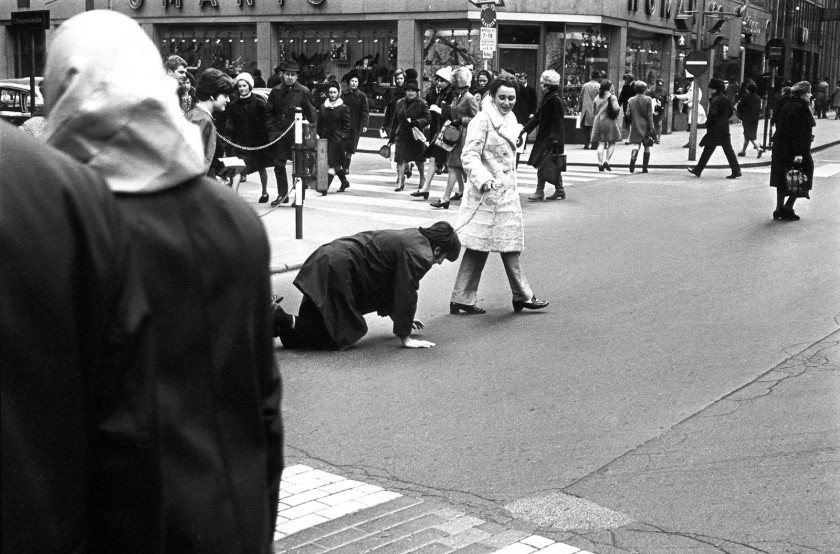
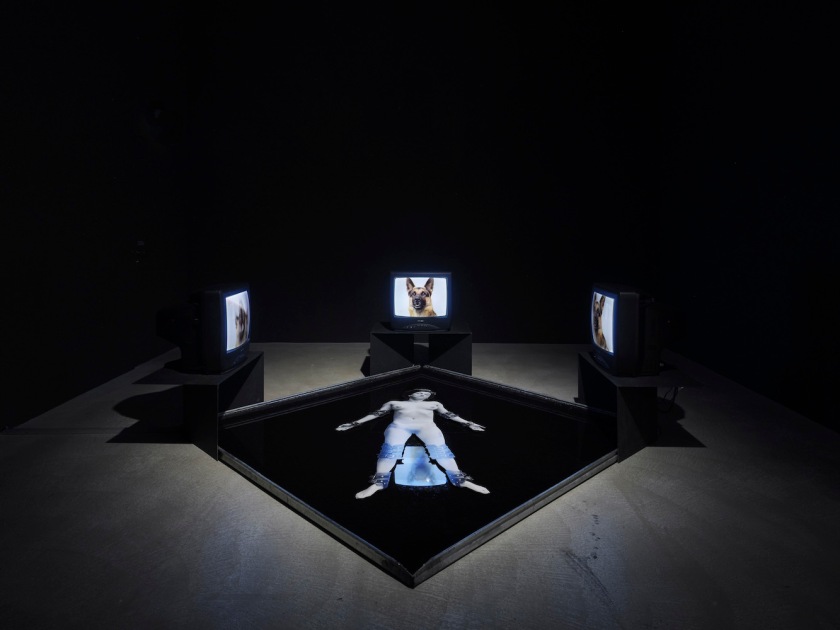
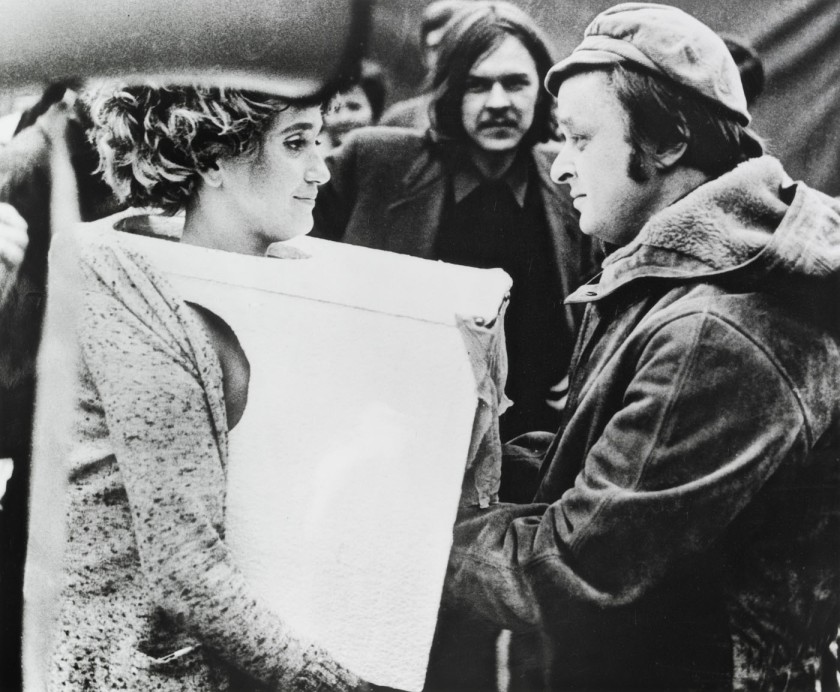



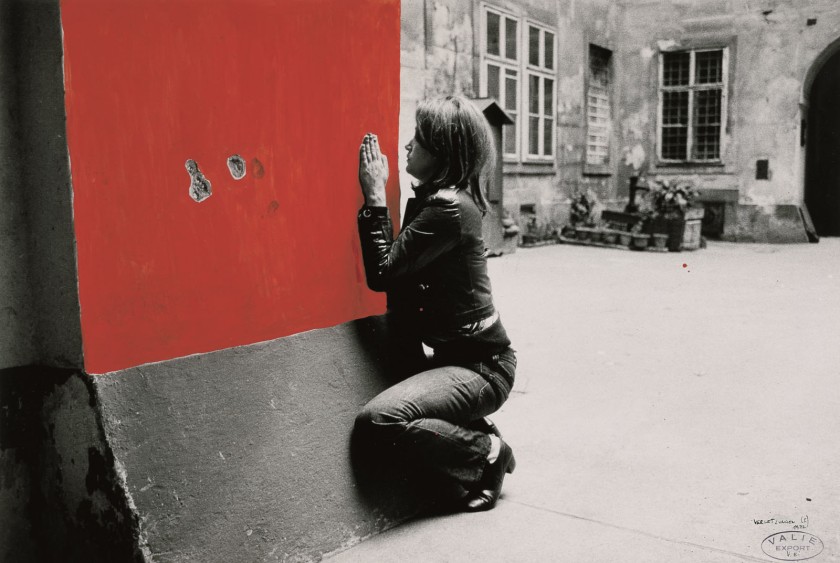








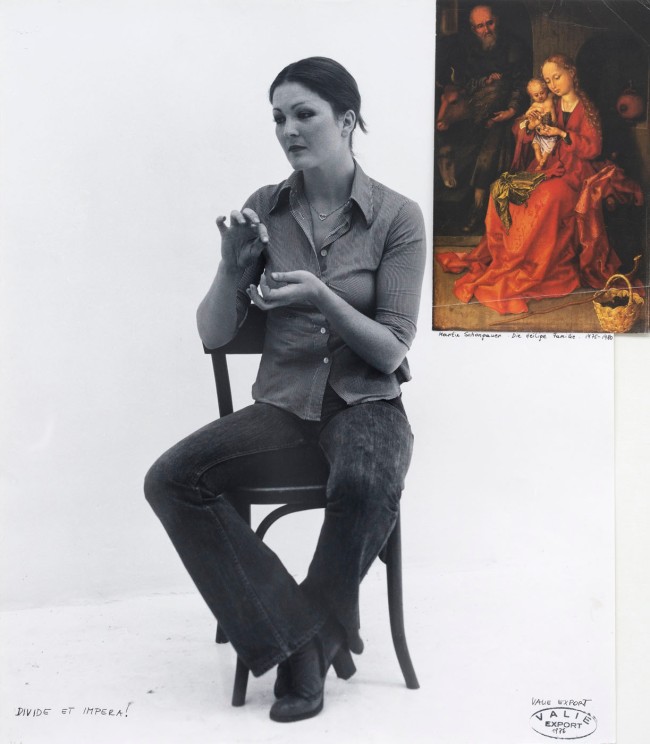



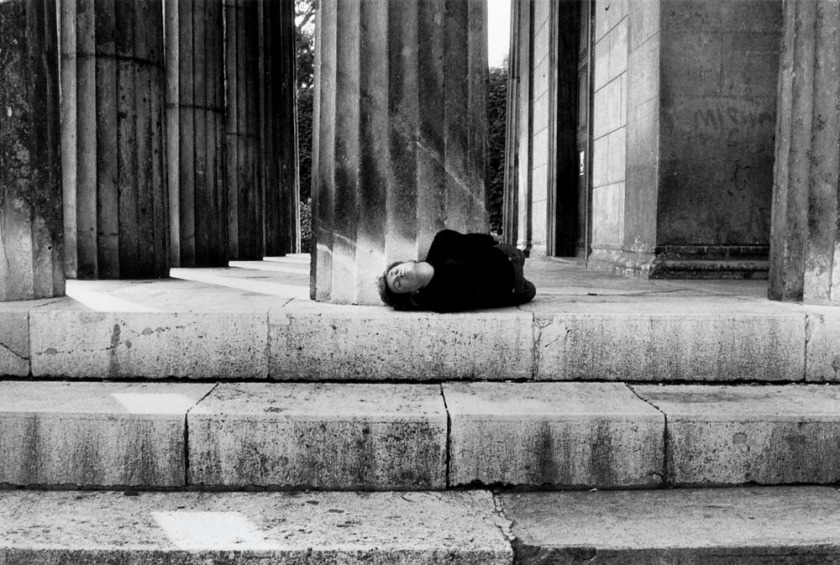
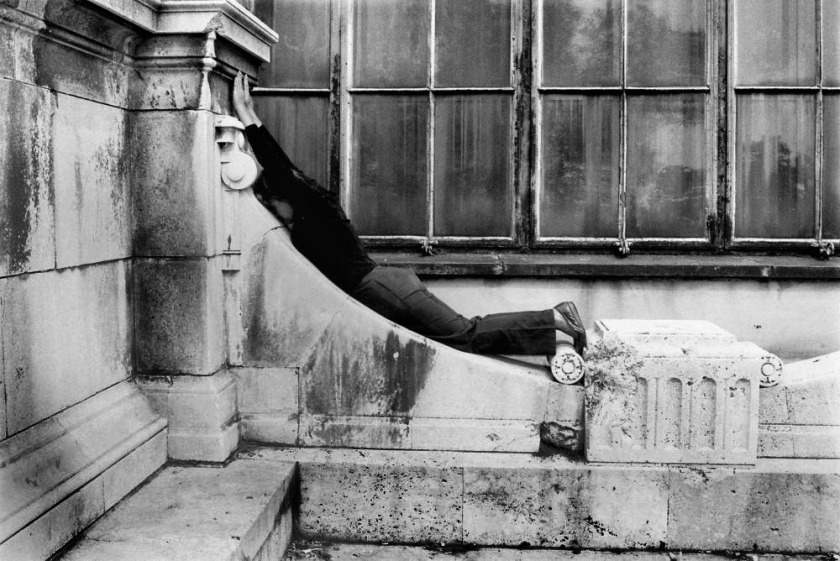
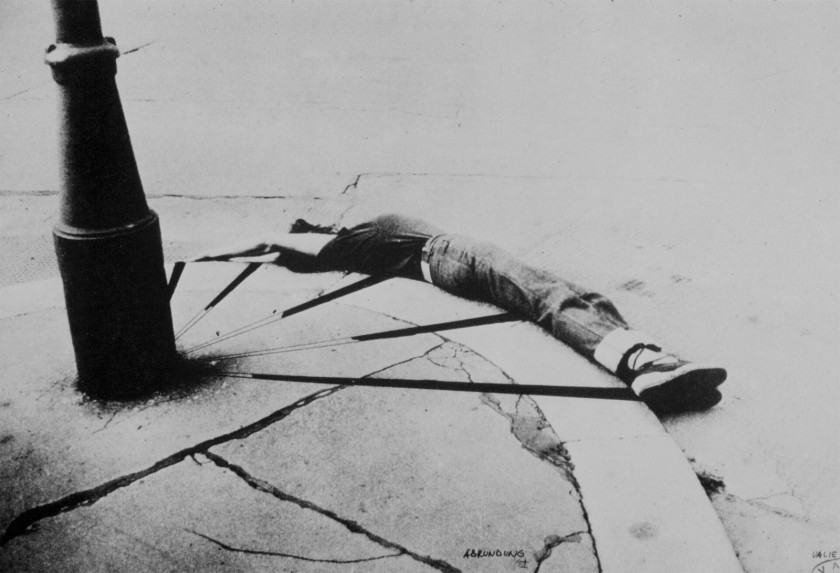







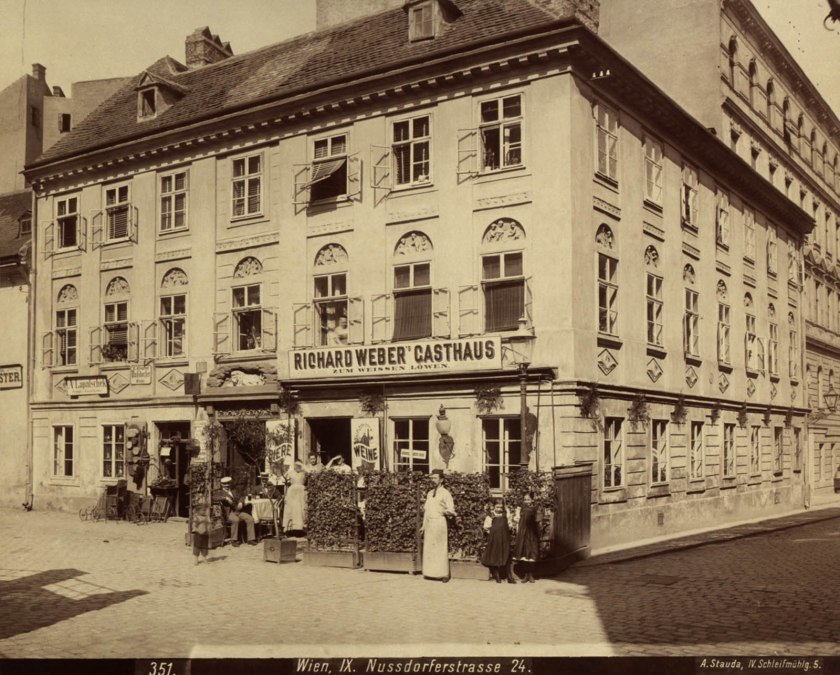














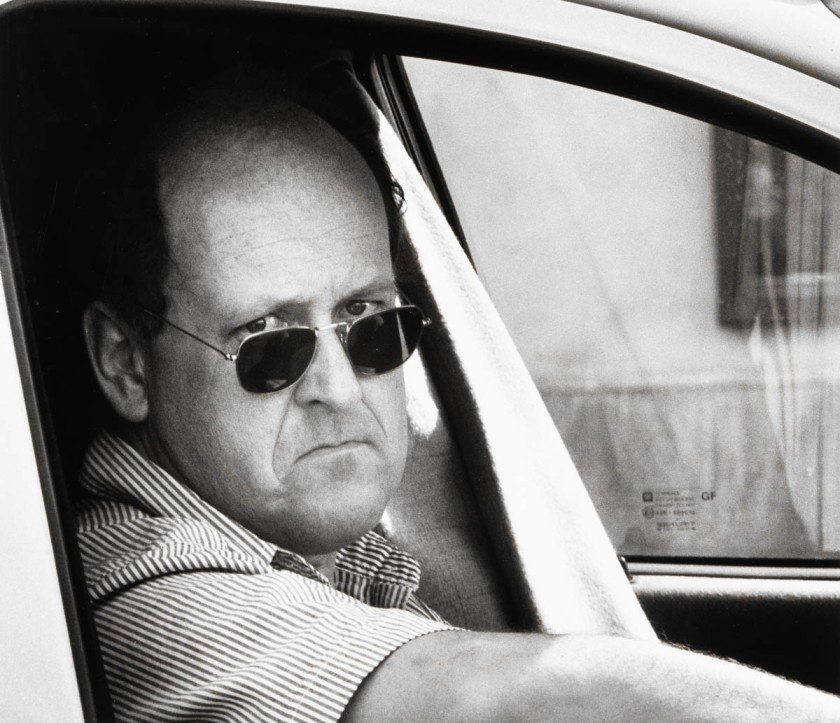

























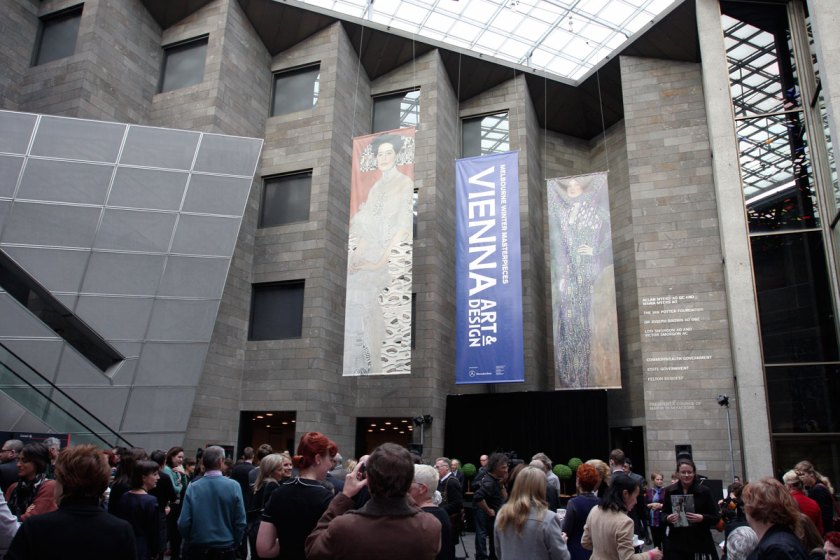
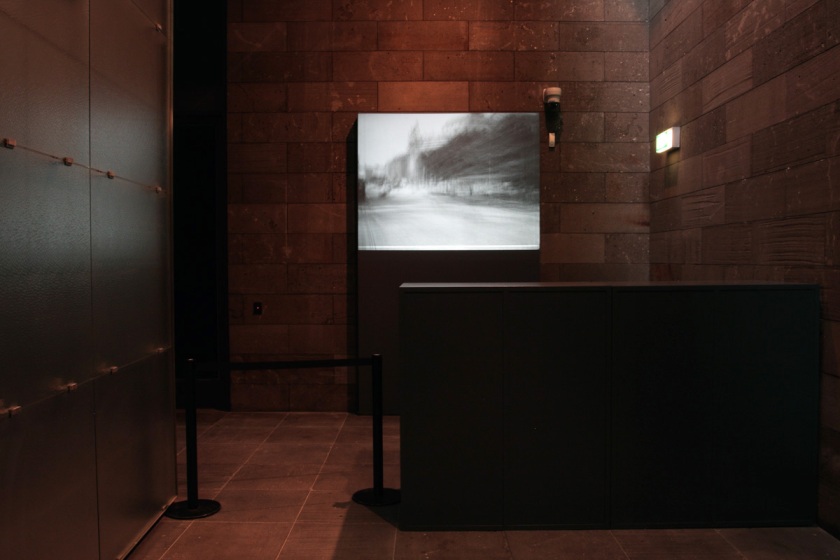


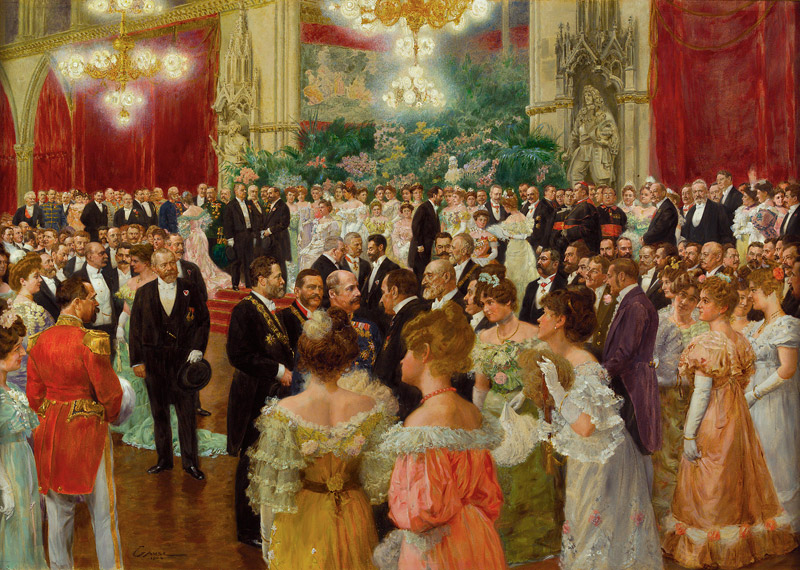
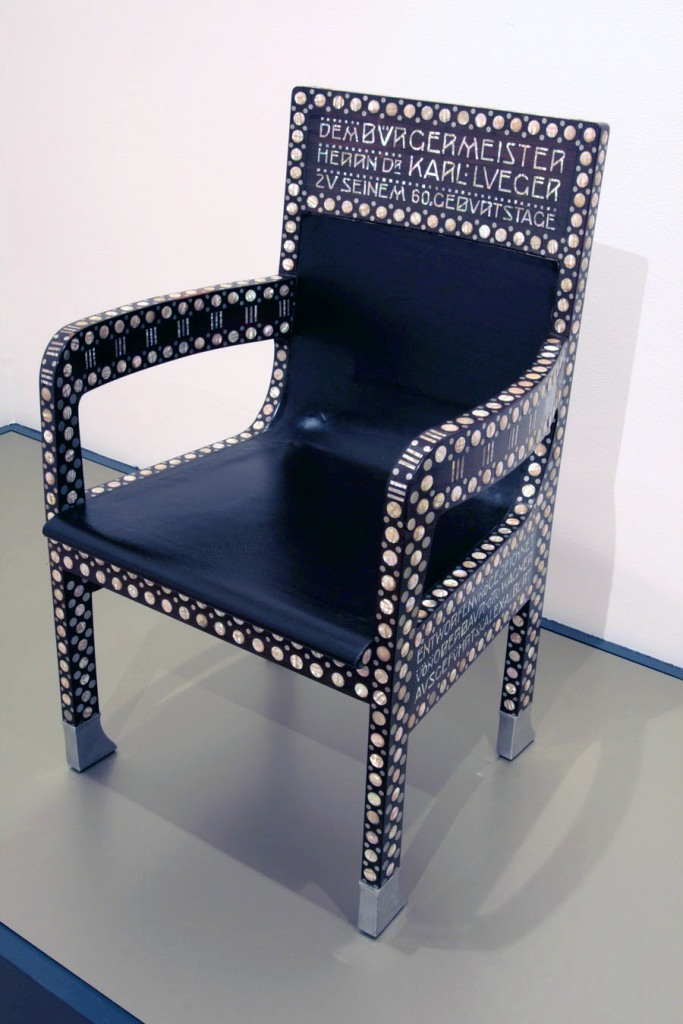

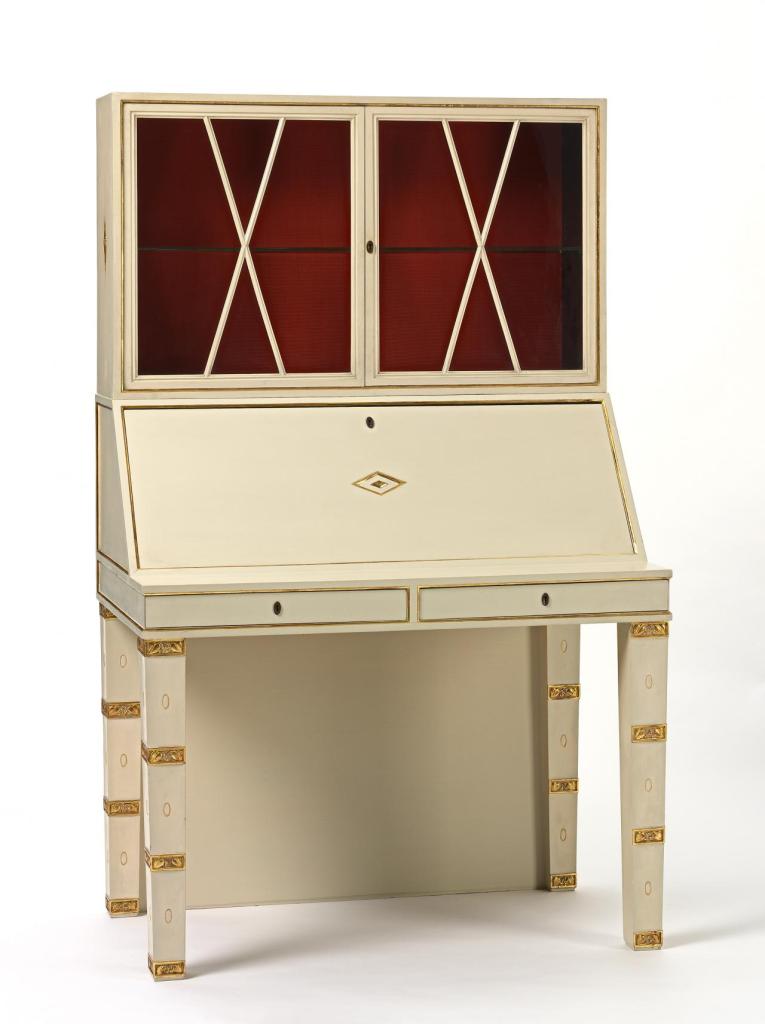

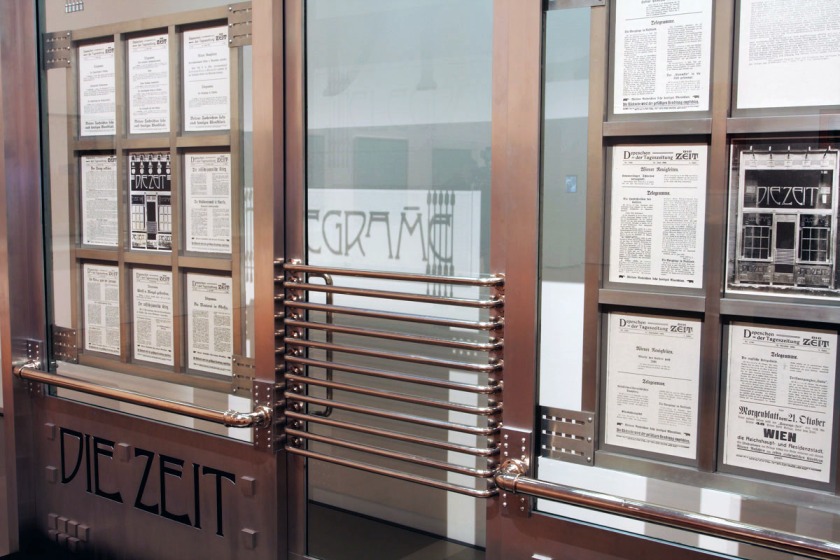
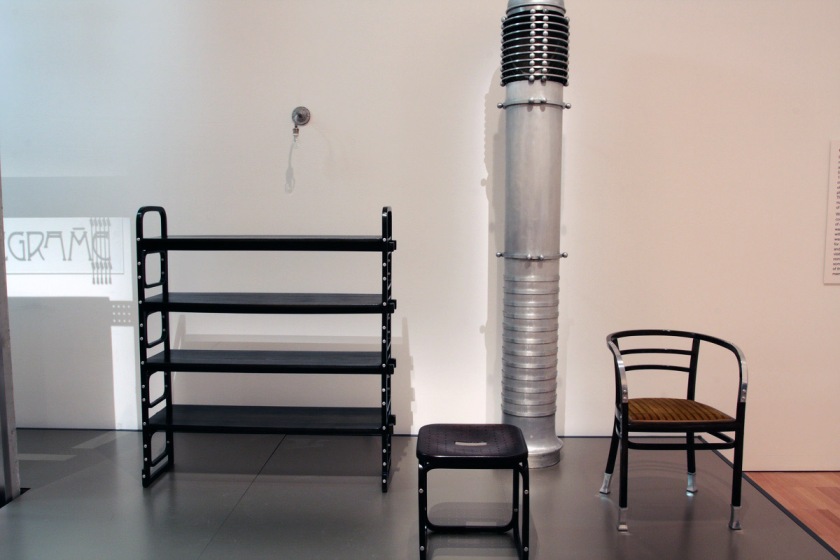
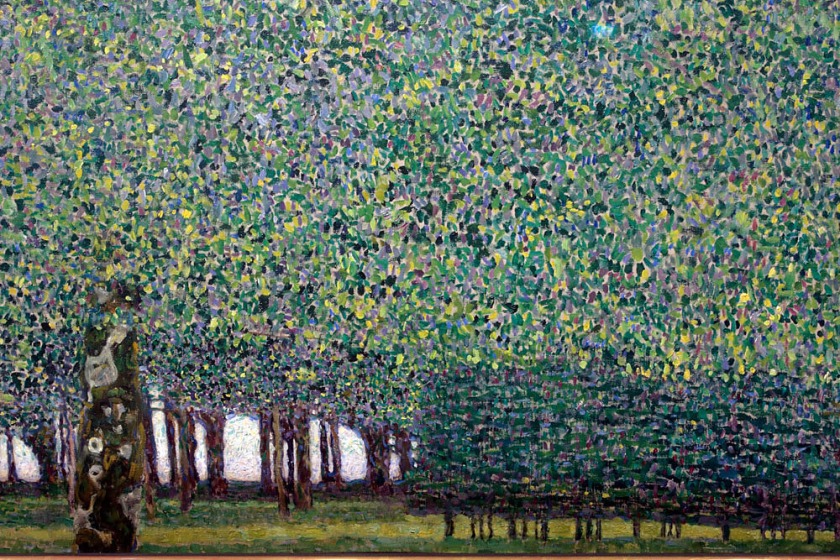


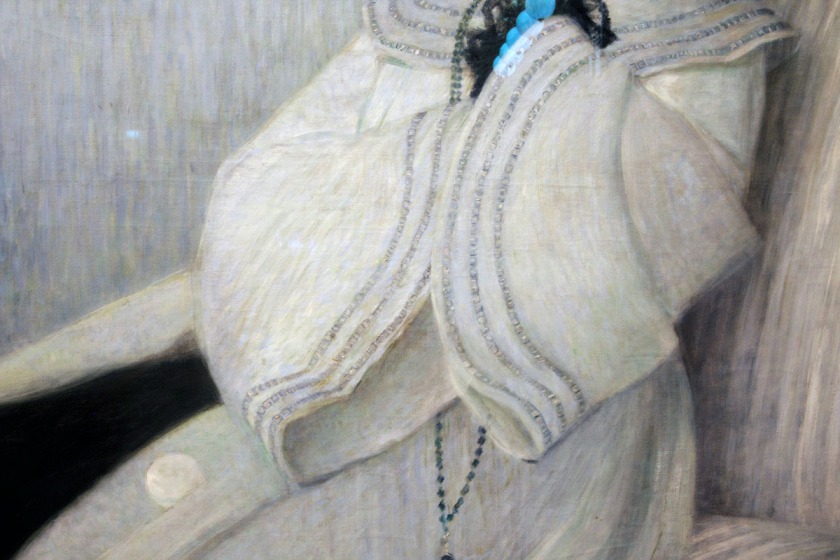
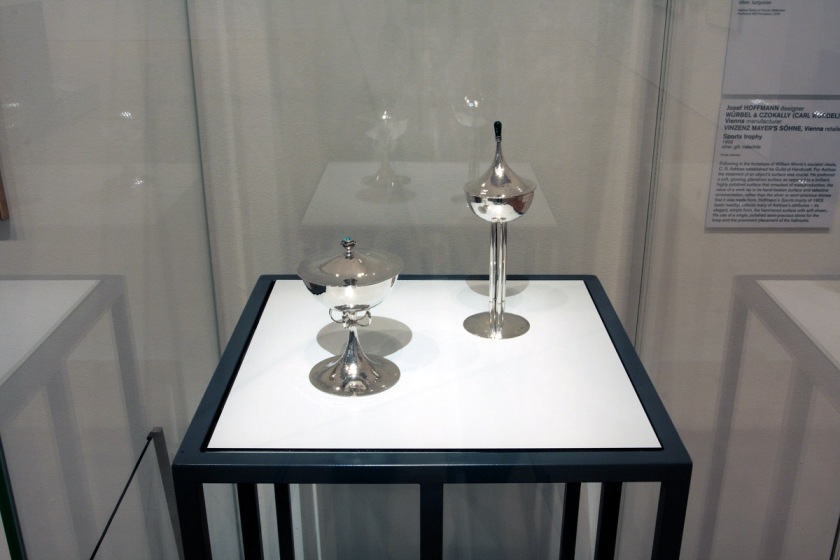
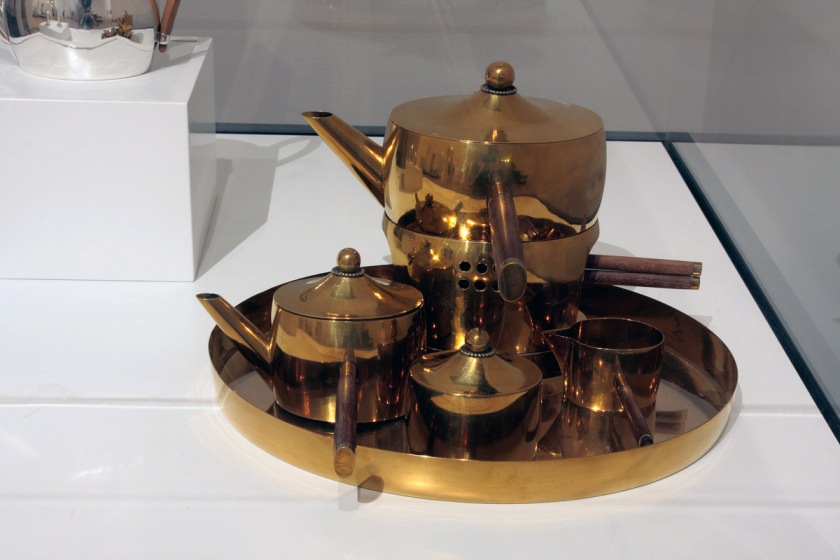




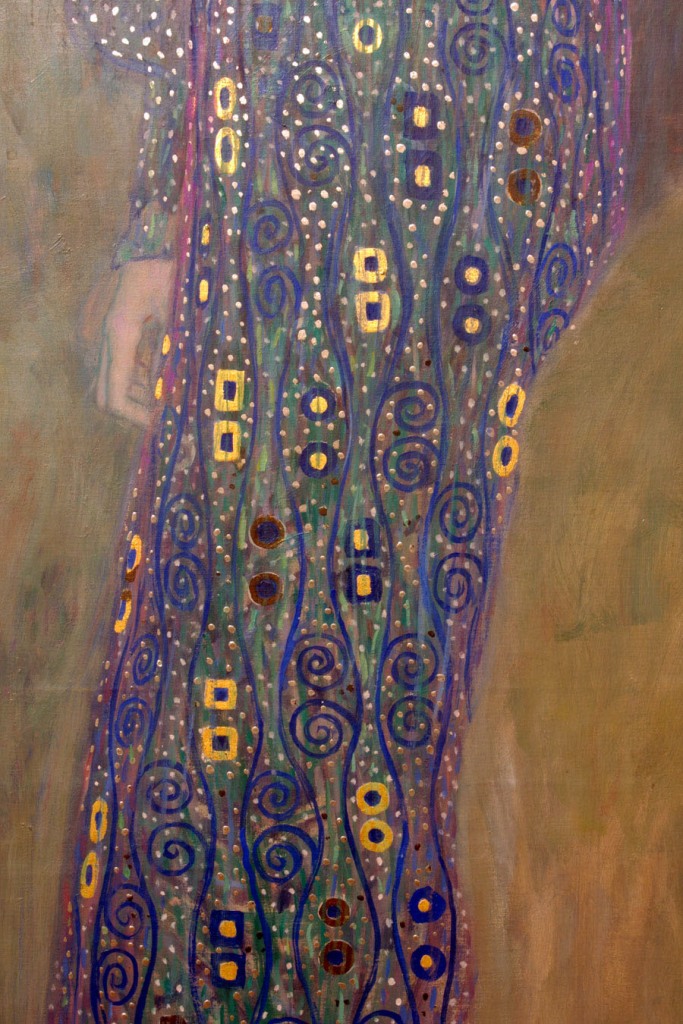
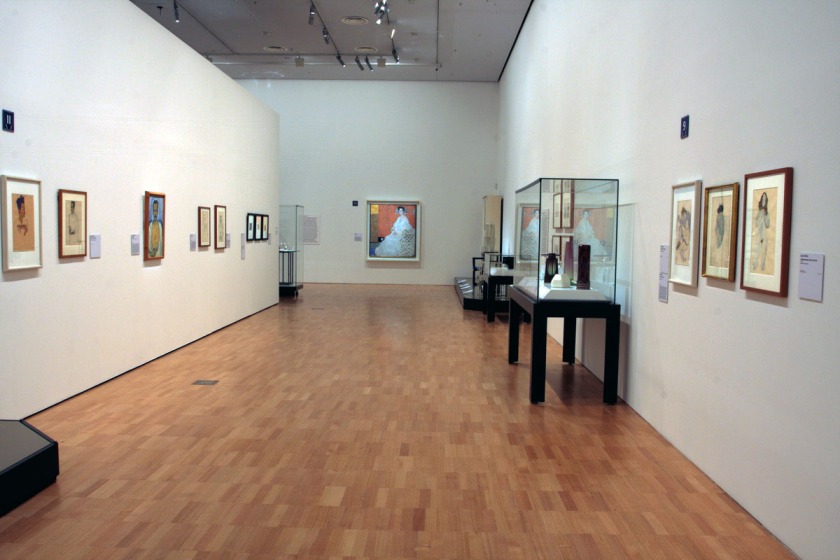



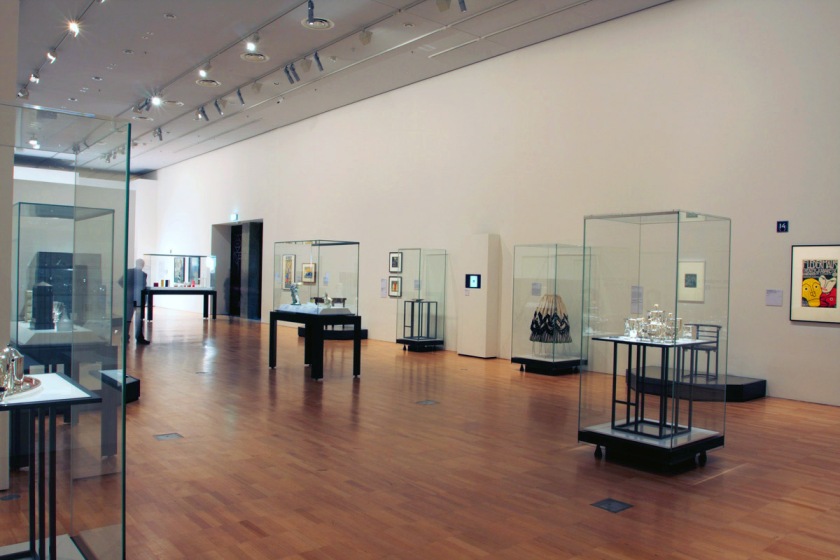
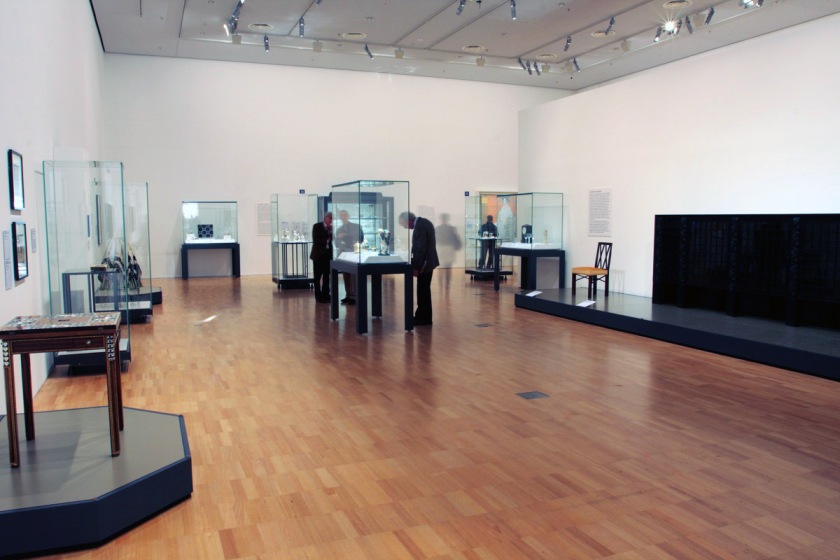
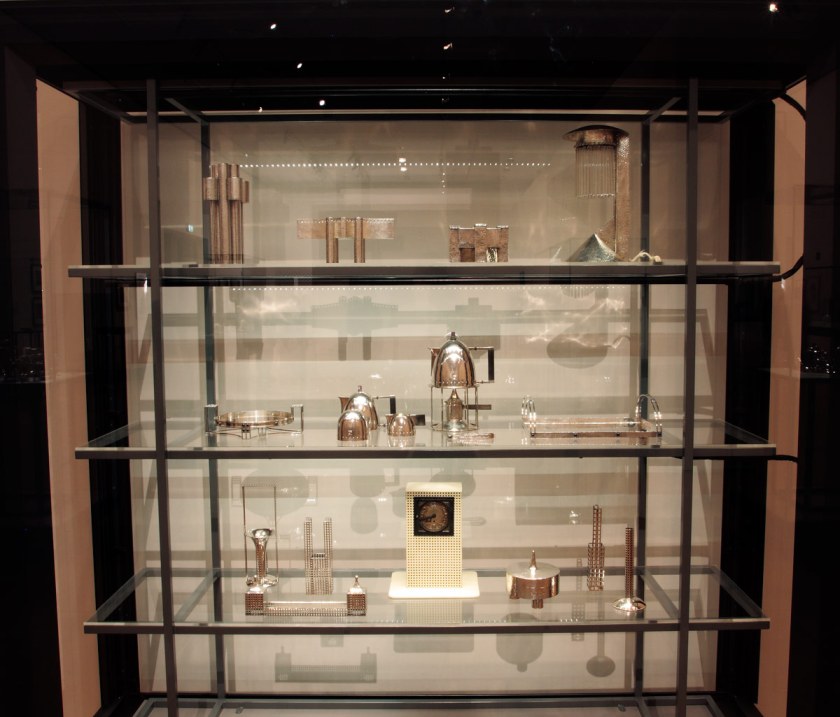
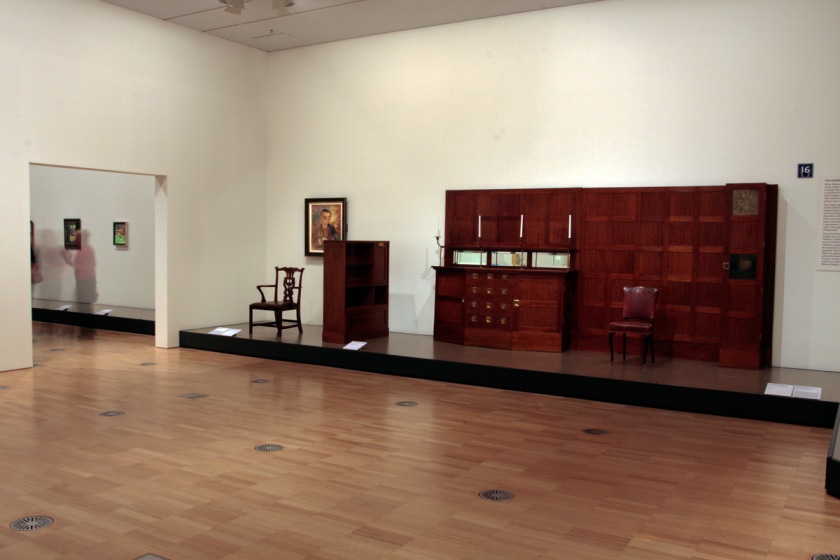

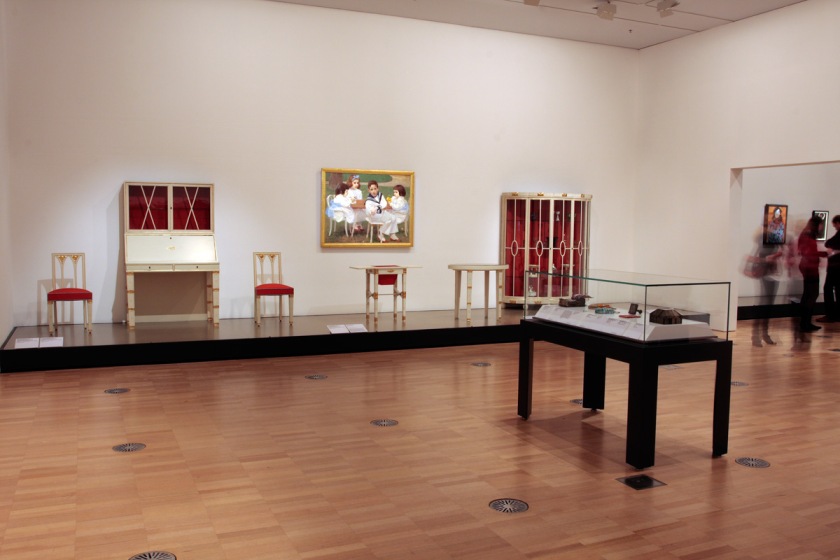


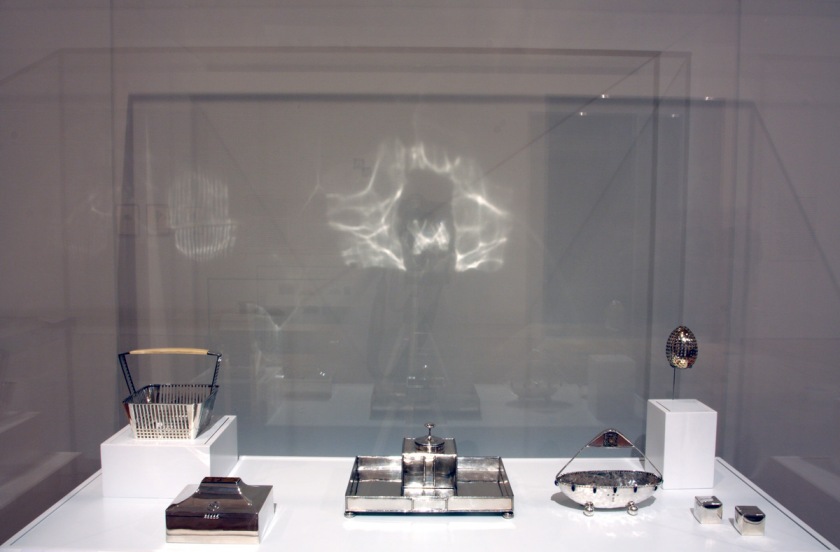

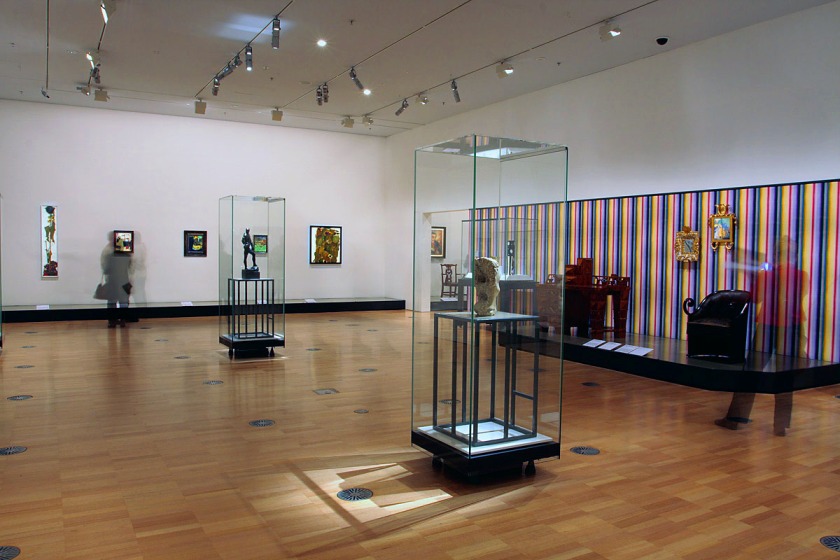

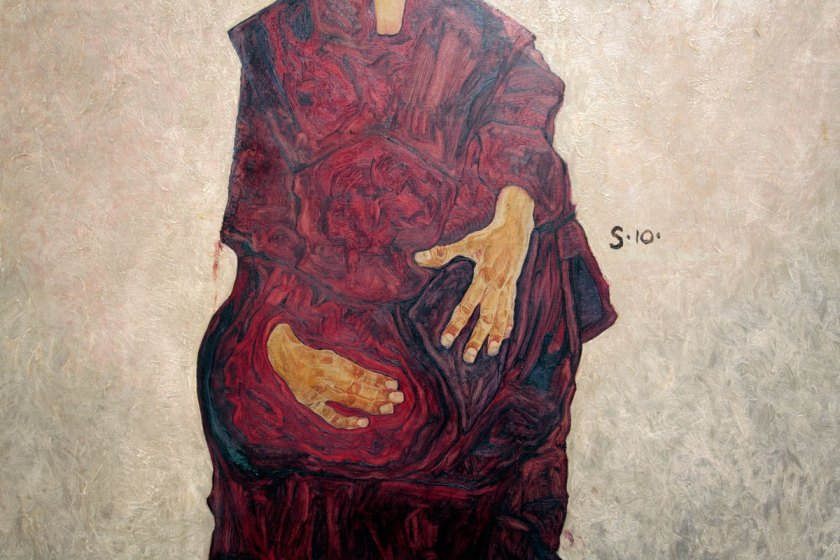
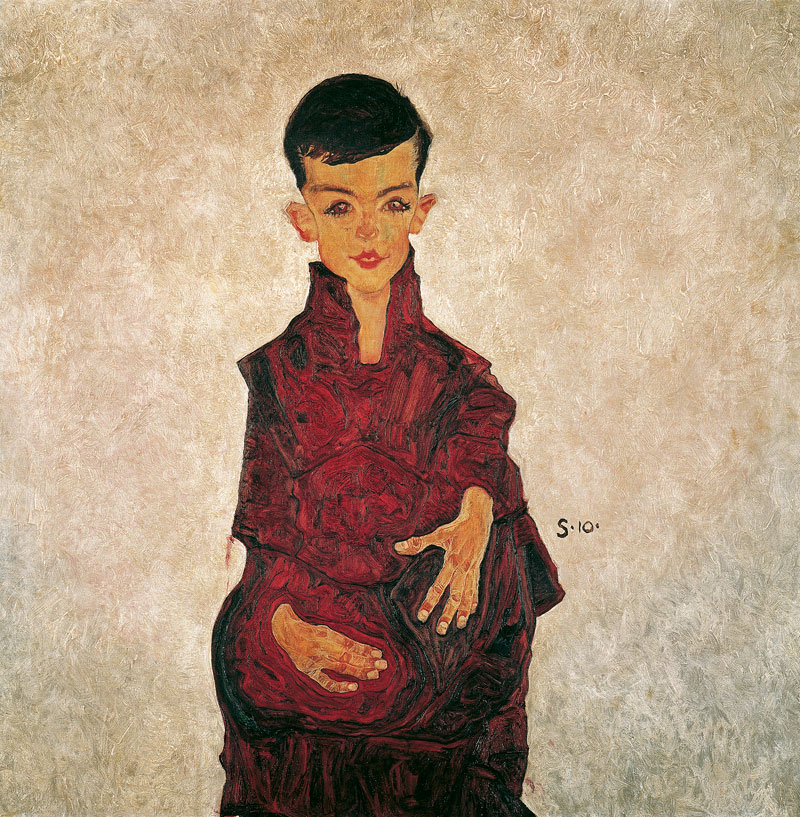
You must be logged in to post a comment.